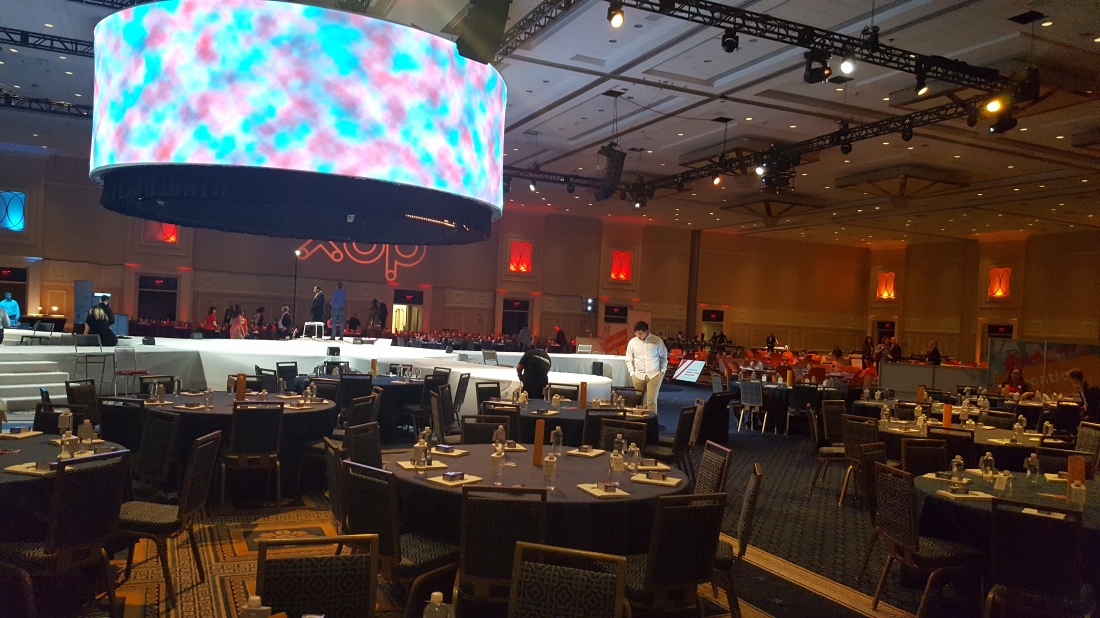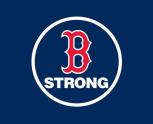 ASAE and the Center for Association Leadership has just closed its Experience Design Project conference, which it called XDP. It was an experiment to reinvent the professional conference in front of potentially the most discerning audience of all, event and conference professionals.
ASAE and the Center for Association Leadership has just closed its Experience Design Project conference, which it called XDP. It was an experiment to reinvent the professional conference in front of potentially the most discerning audience of all, event and conference professionals.
While some logistical issues could be improved, they were quite minor in the context of the big picture. I say it was a tremendous success – not only because of the event itself, but because of what I learned from it. The top four:
1. Death by PowerPoint isn’t inevitable.
I count myself among those who can talk a good game about how the standard adult learning experience (PowerPoint) needs to be changed, but tend to slip into the default mode when leading a learning session. I didn’t believe I had the skill set or the confidence to try something different.
What I learned is that there is no single antidote to the PowerPoint death ray. At any given moment around the room, each of the five sectors in the room was applying new learning approaches in five distinct ways. Like all participants, I attended three of the five sectors. They were all different, and each of them worked.
2. The answer is in the room.
I was one of about 100 people who volunteered to lead tables of 8 to 10 association professionals and vendors throughout the day. The responsibility rather intimidated me, until it was stressed at the orientation that we didn’t have to be the experts; that “the answer is in the room.”
That was liberating! Our job was to facilitate conversations, not direct them. We were there to foster learning, not to teach. The wisdom comes from the participants.
You know what? That’s exactly what happened. The people at my table were highly engaged all day long, and they shared awesome wisdom for each of the challenges we were asked to discuss. Results may have varied a little among the tables, but from what I heard, the overall result was positive
3. There’s still a role for the leader in the front of the room.
Anarchy in the room is not the answer. The way I see it, the leader:
- Frames the problem
- Poses the questions
- Provides feedback and curation
That’s a very different role from the traditional teacher. It requires a different intention from the leader, as well as a different set of skills and intentions.
4. Have some fun. Play with it.
ASAE and its event partners came up with brilliant technology and design ideas for this new conference. My first impression upon entering room was, “Wow.”
In our own group, we had fun developing solutions to problems, including creating a networking event at which people design the most ridiculous Mr. Potato Head ever.
What was the point? Improving the participant’s experience. Would it work? Who knows – but it sounded like it would be fun, and it has to be better than Death by PowerPoint.
Kudos to ASAE for undertaking this bold initiative. I’d love to see this approach adopted more broadly. Are you up for it?





